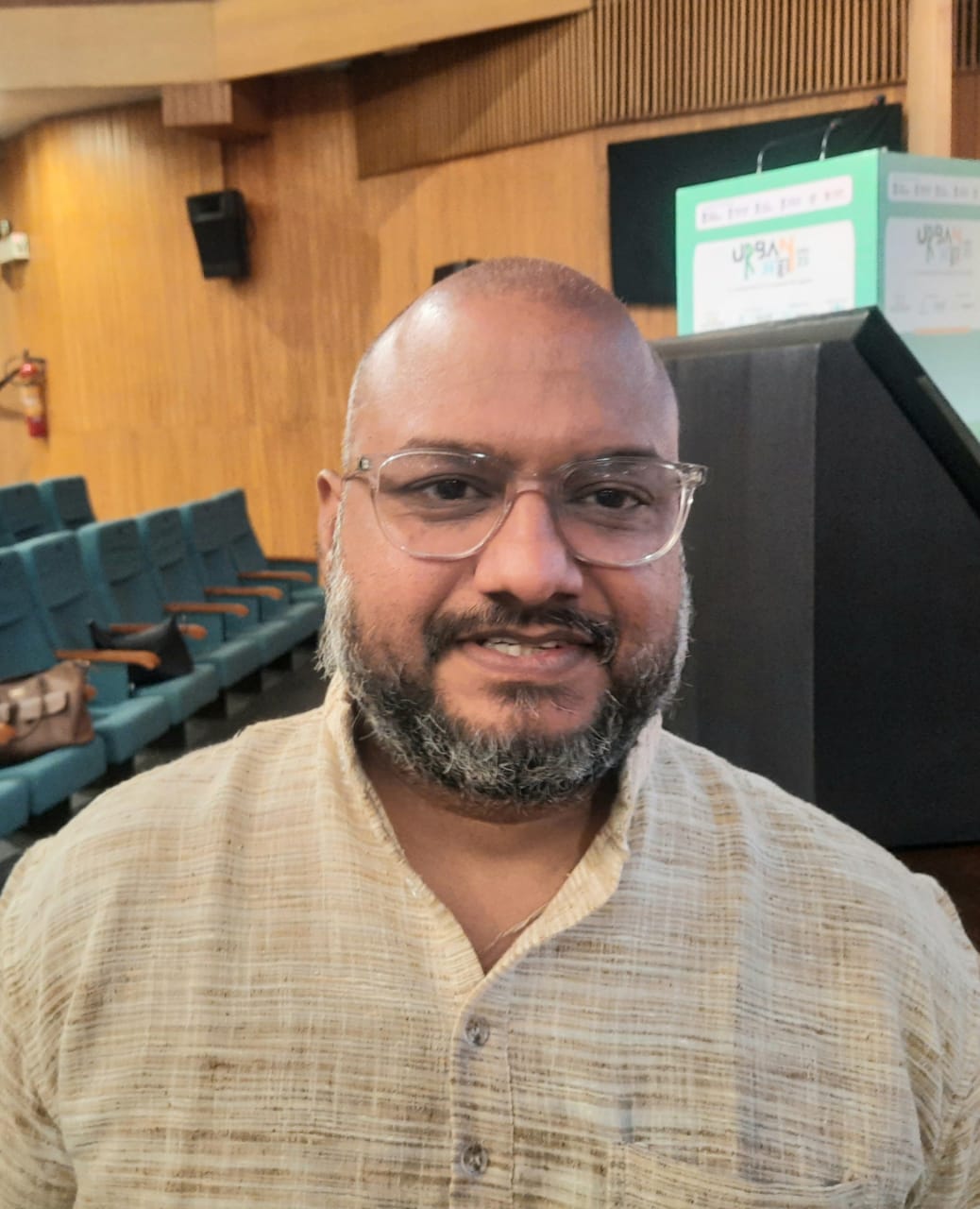L2M Rail, a cutting-edge R&D company incubated at the Indian Institute of Science (IISc), Bangalore, is revolutionizing railway safety. With a singular mission to make Indian Railways accident-free, the company develops advanced technologies that enhance both safety and operational efficiency. Harnessing IISc’s state-of-the-art research infrastructure, L2M Rail specializes in Fiber Bragg Grating (FBG) optical sensors and Cyber-Physical Systems (CPS), seamlessly integrating IoT, AI, Machine Learning, Big Data, and 5G.
Among its groundbreaking innovations, the Wheel Impact Load Detection (F-WILD) system stands out. Developed in collaboration with Indian Railways and the Research Design and Standards Organisation (RDSO), this technology proactively detects and monitors railway wheel defects, significantly reducing accident risks. Beyond rail safety, L2M Rail is expanding into structural health monitoring for critical infrastructure, including bridges and tunnels, with an eye on global markets.
At Startup Mahakumbh, in an exclusive conversation with The Interview World, Ronak Chomal, Vice President of L2M Rail, shared insights into the company’s pioneering solutions. He discussed how these innovations ensure accident-free train journeys, broke down installation costs and spatial requirements, and highlighted key stations where the technology is already in use. He also delved into the core principles driving these advancements.
Here are the key takeaways from this compelling discussion.
Q: What are the key innovations developed by L2MRail, and what specific challenges in the railway industry do they aim to solve?
A: Lab to Market Innovations Private Limited (L2M Rail) is a deep-tech startup incubated at the Indian Institute of Science (IISc), Bangalore. Founded in 2016, the company is led by two visionary founders: S. Rao Ganapa, a former Indian Railway Service of Engineers (IRSE) officer, and Prof. S.K. Sinha, a retired IISc professor. Together, they share an ambitious goal—to make Indian Railways accident-free by 2030.
To achieve this, L2M Rail has developed a suite of groundbreaking technologies, including its flagship innovation—the Machine Vision Inspection System for Rolling Stock. This cutting-edge system leverages high-speed imaging and AI-driven analysis to detect faults in real time, even as trains move at speeds of 120 km/h. Within minutes, it identifies critical defects, alerting railway officials so they can take immediate corrective action, thereby preventing potential accidents.
The system operates through a stationary setup installed on main railway lines, monitoring high-speed trains like Rajdhani and Shatabdi Express. Traditional visual inspections often fail to detect small but dangerous anomalies—hanging parts, missing EM caps, or structural weaknesses—which can lead to derailments. However, L2M Rail’s system eliminates this risk by providing precise, real-time fault detection, ensuring safer journeys and significantly improving railway reliability.
Q: What is the standard spacing between two consecutive installations?
A: Scientists recommend installing it at every 100 kilometers of the Indian railway network. This strategic placement ensures real-time insights into the train’s status, providing accurate and up-to-date information at every interval.
Q: What is the cost of this technology, and what is the estimated timeline for deploying it across the entire Indian railway network?
A: The cost starts at ₹5 crore. We also provide maintenance, AMC, and dedicated on-site manpower. Expanding coverage nationwide is crucial, and we are actively engaging with the Indian Railways and Railway Board. Initial discussions indicate their strong interest in deploying this solution at a minimum of 500 locations.
Q: How many locations have implemented your system so far?
A: Currently, we have launched this as a pilot project. We have already completed one installation at Daud Khan station near Aligarh. Another project near Pandit Deen Dayal Upadhyaya Junction is underway. Building on this momentum, the Ministry of Railways plans to implement similar projects at 10 more stations later this year.
Q: Can you explain the core principle behind your technology and how it functions?
A: Our system operates entirely on AI-driven methodologies. We integrate advanced Fiber Bragg Grating (FBG) sensors, which connect to an interrogator that precisely detects train movements. High-speed photonic cameras further enhance this system by capturing and analyzing data using the YOLO algorithm. This AI-driven approach identifies and verifies potential defects with precision. Unlike comparative methods, our system relies on analytical modeling. AI functions on a continuous feedback loop, learning and improving daily through real-time data processing. This adaptive learning ensures enhanced accuracy and efficiency over time.









